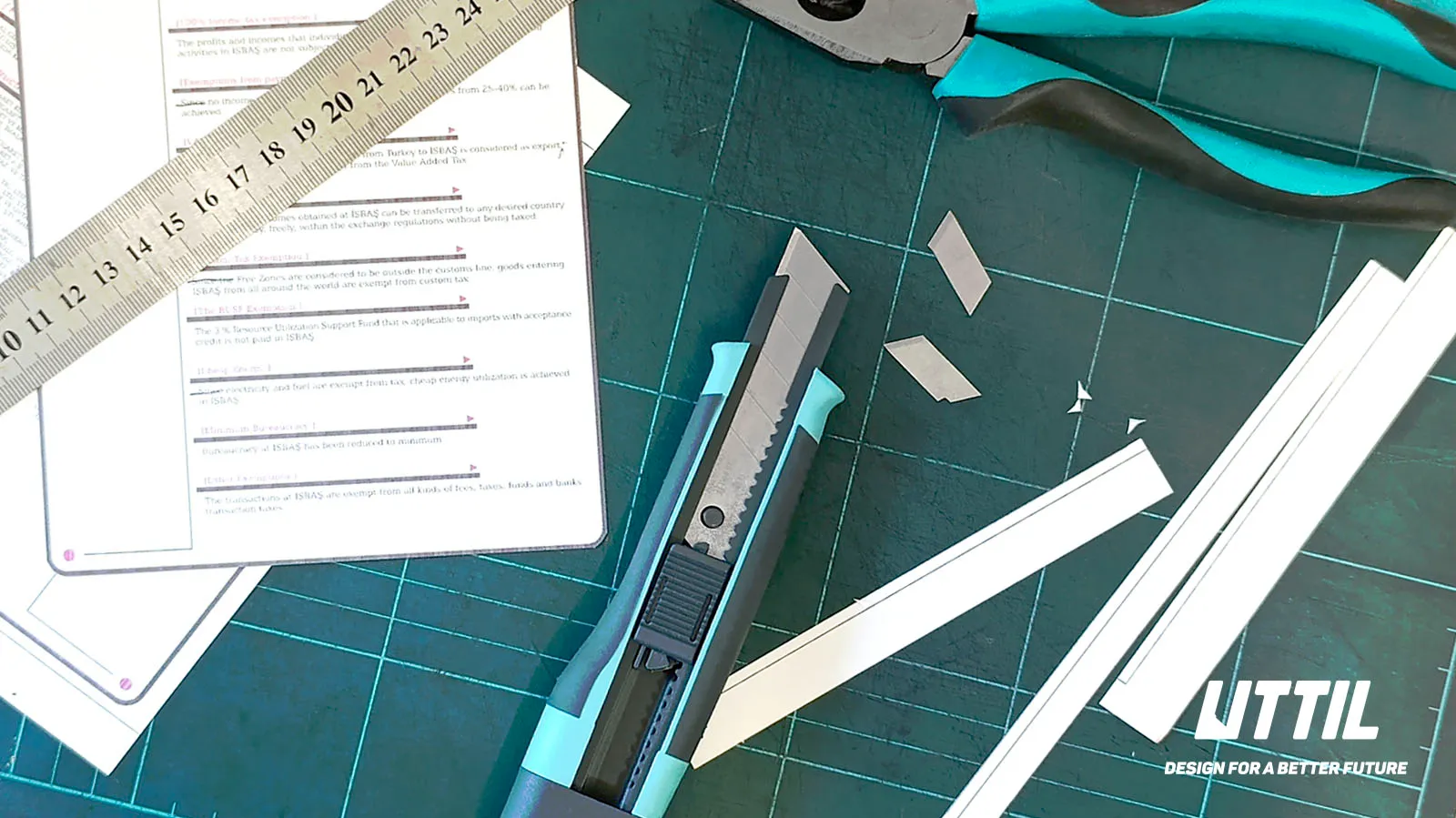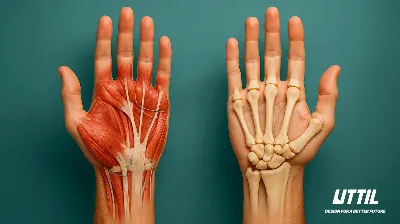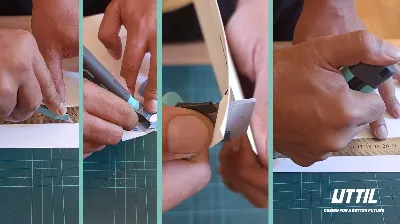Snap It Off—But Why Is It So Satisfying?
A segment breaks off. A new one appears. But what makes
this micro-moment so deeply gratifying?
Snapping Is Starting
At
first glance, it's a simple action: the dull blade tip breaks off with a quick
snap. It takes less than a second.
But something shifts in that second.
A fresh edge emerges—clean, sharp, ready. And you feel
more ready, too.
This small gesture triggers multiple psychological
responses at once: a sense of completion, control, sensory pleasure, and, for
some, even a small ritual.
At UTTIL, we wanted to understand why this
moment is so universally satisfying. Because we don't just design tools—we
create experiences.
1. Completion Effect: Zeigarnik and
Micro-Victories
Psychologist
Bluma Zeigarnik found that incomplete tasks stick in our memory and cause
mental tension while completing a task creates relief and satisfaction.
Snapping off a segment—even a tiny one—is processed by
the brain as a task completed. The result? A dopamine reward.
That's why users often associate the snap-off action with
starting something meaningful. Like sharpening a pencil, brewing coffee, or
plugging in headphones, it's a trigger for focus, a subtle signal that says,
"You're about to begin."
2. Sensory Satisfaction: The Psychoacoustics
of the Snap
“Click!”
If
that sound feels good, you're not imagining it. The human brain connects
certain types of sounds—short, crisp, and clean—with correctness and control. That's
also the essence of ASMR (Autonomous Sensory Meridian Response).
ASMR is a relaxing tingling sensation that often begins
at the scalp and moves down the neck and spine. It is triggered by auditory or
visual stimuli, such as whispering, tapping, paper crinkling, or, yes, the snap
of a segment.
It's not just popular on social media for no reason; such
sounds signal to the brain that "things are working as they should."
Mozart Blades' segments excel in this area. Their
rigidity ensures consistent, stable break behaviour—not too soft, not too
brittle—just right.
3. The "Now I'm Ready" Effect
Snap-off
blades aren't just about refreshing your cutting edge—they also refresh your mindset.
This tiny action grants you a moment of psychological
renewal.
"I broke the segment—I'm ready to start."
Whether you're a woodworker or a warehouse operator, that
sense of readiness empowers your workflow.
4. Micro-rituals and Cognitive Anchors
Rituals
don't have to be religious or cultural. Brewing your morning coffee, checking
your notebook before emails, or breaking off a segment are micro-rituals.
They give the brain a sense of continuity and grounding,
signalling a transition: a new phase begins now.
Studies show these rituals reduce stress and increase
focus—especially during precision tasks or physically repetitive work.
5. Breaking as a Form of Productivity
It
may sound paradoxical, but breaking can be productive.
Snapping off a worn blade is a conscious act of renewal.
You eliminate the dull and reveal the sharp.
That's the essence of continuous improvement.
Of course, it's not just the mechanism—it's the material
that matters.
Mozart Blades' segments
offer consistent quality every time. This means your micro-renewal moment
always feels smooth, controlled, and satisfying.
Conclusion: Where Emotional Design Meets
Industrial Logic
What
makes snap-off blades so satisfying isn't just their function—it's what they
represent.
A decision point. A renewal. A tiny triumph.
Each segment break triggers a cascade of sensations:
clarity, control, confidence—and a bit of fun.
At UTTIL, we design not just tools, but feelings.
Because each broken segment doesn't just leave the past
behind—it prepares you better for what's next.
And that's exactly why...
Snap It Off—But Why Is It So Satisfying?
References
1.
Baumeister, R.F., & Vohs, K.D.
(2004). Handbook of Self-Regulation.
2.
Aarts, H. et al. (2010). Goal-relevant
stimuli activate behavior. Neuropsychologia.
3.
Barratt, E. L., & Davis, N. J.
(2015). Autonomous sensory meridian response (ASMR). PeerJ.
4.
Norman, D.A. (1999). The
Design of Everyday Things.
5.
Jordan, P.W. (2000). Designing
Pleasurable Products.
6.
Wood, W., Quinn, J.M., & Kashy, D.A.
(2002). Habits in Everyday Life. Journal of
Personality and Social Psychology.
7.
Clear, J. (2018). Atomic
Habits.
8. Zeigarnik, B. (1927). On Finished and Unfinished Tasks. Psychologische Forschung.








